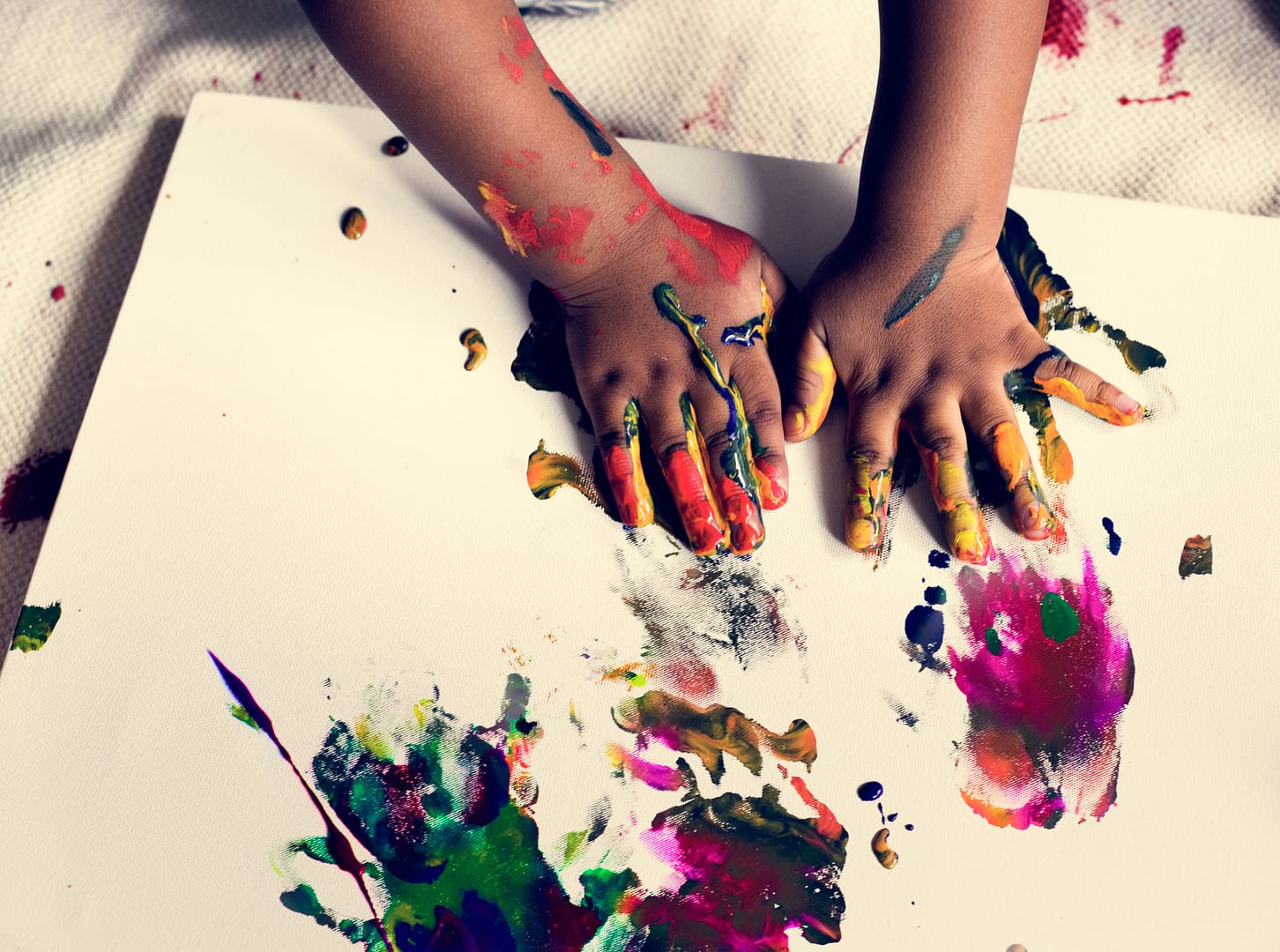Kapow Art And Design: Revised Scheme
Written by Kapow Primary
Published on 14th December 2021
Last Updated: 21st June 2024
Written by Kapow Primary
Published on 14th December 2021
Last Updated: 21st June 2024

We’re always looking for ways to improve and innovate our resources to ensure that you have the best tools available to engage and inspire pupils. Kapow Primary’s revised Art and design scheme is no exception, with significant updates and improvements rolled out since December 2021. With updated lesson plans, resources, assessment tools, explanatory videos and much more for KS1, LKS2 and UKS2, we can help you to ensure that your school has an inspiring, progressive and thorough scheme of work aligning with statutory requirements and Ofsted’s advice on best practice.
This revised scheme replaces our original scheme, which has been archived and is still available to use. New lessons have been added to the curriculum as well as revisions and updates to existing ones.
Read on to take a closer look at the changes we’ve made and discuss how they enhance the overall learning experience for primary school children.
The new Art and design units of work:
Coverage of the national curriculum attainment targets will remain unchanged, although there is a new emphasis on using sketchbooks in lessons across all year groups. There is still a focus on practical knowledge and skills, ensuring that children build proficiency with various techniques and media.
Our progression of skills and knowledge has been updated to reflect all new content and offers a clearer sequence of progression as children work through units within particular strands. Formal elements are still taught but in a holistic way rather than being isolated in specific lessons.
The spiral approach to Art and design hasn’t changed; rather, it is enriched in the new units as children and teachers gain a clearer sense of the sequence of learning. The organisation of lessons into core strands enables children to activate prior learning more easily as they build on knowledge and skills gained in earlier units. Children continue to develop their ability to analyse and evaluate their own art and that of other artists and they still study a range of artists to build knowledge of art history.
In the revised scheme, pupils learn how art is studied, discussed and judged as they develop disciplinary knowledge and explore the ‘big questions’ around art:
There are increased opportunities to develop theoretical knowledge as children learn about artists’ work through history and across cultures.
Practical knowledge builds throughout the units, so children develop proficiency in their methods, use of materials and understanding of the formal elements. The three domains of knowledge, and the interplay between them, enable pupils to generate ideas and use sketchbooks to develop their unique artistic identities.
The November 2021 DfE guidance around ‘Teaching a broad and balanced curriculum for education recovery‘ gives schools a number of suggestions for how to prioritise elements of their Art and design curriculums. While the guidance is optional, some key recommendations are supported by our revised scheme.
Exploring mark-making in all its forms, experimenting with line, tone and texture and using a wide range of materials to express ideas as drawings. Using sketchbooks to record observations about the world as drawings. Learning how artists use drawing to develop and communicate their ideas creatively.
Developing proficiency in painting techniques (including exploring colour mixing), painting on various surfaces and applying drawing skills to painting projects. Using sketchbooks to practise painting methods and exploring the interplay between different media within a piece of artwork.
Constructing and creating models with various materials, investigating ways to express ideas in three dimensions. Developing the ability to adapt ideas and designs in sketchbooks, moving from two dimensions into sculpture.
Producing a wide range of creative work, becoming proficient in a range of making processes. Building on photography, printmaking, textile art and digital media skills and exploring design disciplines such as architecture and product design.